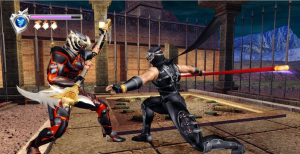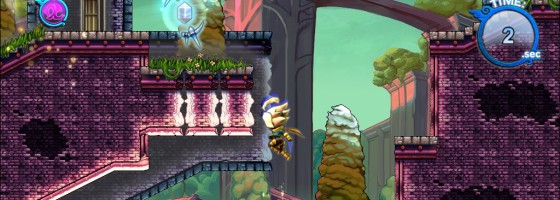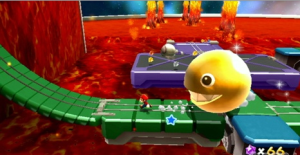In my analysis of Valdis Story, I critiqued the game on an account of its “floaty controls.” The term floaty is one that is thrown around a lot when examining skill based or player focused game design and can make or break titles. For today’s post I want to talk a bit more about what floatiness is and examples of more grounded based control schemes.
Up In the Air:
With the original 2d games such as Mario, Mega Man, Ghouls and Goblins and so on, the controls were very rigid — In the sense that every little movement or quick press of the D-Pad moved the character. Jumps were committed: Meaning that once the character was in the air, control over their trajectory was small to nonexistent.
This type of rigid design was great on one hand by providing a very black and white form of movement. But on the other hand it made early platformers difficult by the fact that many required the player to make pixel exact jumping to stand a chance at making the leaps. I can even remember a few older titles that featured that one very difficult jump.
As design evolved so did the controls and mechanics involved with movement. Designers introduced the ability to control the character while in air and of course double jumping. These added mechanics and functionality reduced the difficulty of platformers but at the cost of having exact control over the character.
That sense of control is the focus of our discussion about grounded control schemes. The difference between a grounded and a floaty system is based on the degree of control the player has. If you have ever played a game where you felt that you had to fight with the controls or that the character was moving in such a way that you didn’t want them to, then that was an example of floaty controls.

Titles like Ninja Gaiden Black featured very responsive controls that left the player in control over all their actions.
Despite the term, floaty is not resign to just movement in the air and can also impact action on the ground. In my piece on control design I brought up the challenge of button placement and the dangers of putting too many commands on a few buttons.
When you start relying on context sensitive actions or different functionality based on the same button, you risk the character performing an action that the player didn’t want.
Going back to Valdis Story, I had a hell of a time trying to attack enemies due to how the ability to dash was tied to the down direction as opposed to the block button. What ended up happening was that I kept triggering it when I didn’t want to costing me the chance to attack an enemy.
Grounded controls on the other hand are about giving a sense of weight to the character, in which the player knows exactly how their character will respond to any button press or command. Demon and Dark Souls are great examples of this as every action in the game has a certain heft to them. Button mashing is discouraged and if you don’t understand the flow of combat, you won’t get far.
Another aspect of grounded controls is avoiding the temptation to remove player control from the character. Many action games introduce combo chains that continue attacking after the player has entered the last input or having long animation delays that kept the character unresponsive.
On my series about action game design, I talked about the importance of flow and responsive controls are very much a part of that. One of the elements I loved about DMC was just how responsive Dante was and how I could change combo attacks or the position of the fight at the drop of a hat.
While floaty controls are when you feel that you keep losing control of your character, a grounded system is where you feel that you have complete control of every action of your character and goes back to the goal of a well designed control scheme: That the player forgets that they are holding a controller.
Again, figuring out if your control scheme works or not requires a lot of play testing to get the feel right.
A simple tweak here and there could align things or break them apart and can be the difference between a fine tuned game and one that is awkward to play. The feel of the controls may not be on the top of the list when it comes to building a game, but poor control systems can ruin a game just as much as problems with the design or technical issues.



